It wouldn’t have surprised me if the looming clouds and the sprinkling rain were ever present above the dreary rust-colored buildings, the very Earth trying to block out the place and wash clean its sins. Great and horrible monuments alike survive amid Mankind’s tumbling and wanton sense of progress. We, as humans, naturally feel the necessity to preserve what we are proud of as well as that which demonstrates our ever-present and unforgettable evils.
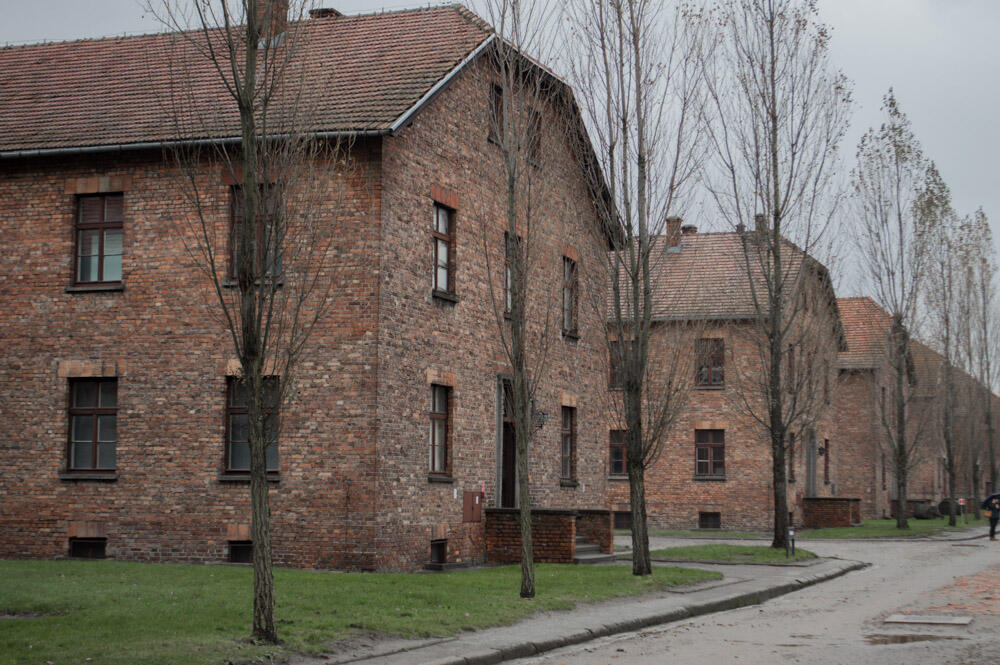
If walls could talk, I doubt these would dare speak. Between them, malnourished men and women daily rose from flea-infested straw beds on cold cement floors and trudged out to work. Each hour their bodies subsiding less on the moldy scraps of bread and watery soup they’d been fed, than on the last healthy flesh and fat to cover their bones. In ill-fitting wooden shoes the bony figures marched to their daily tasks, or perhaps to the showers. They pass a gate that leads to a courtyard where men who couldn’t be kept for the gas chambers were executed, their wives across the camp praying that the echoing shots were not piercing their husbands.
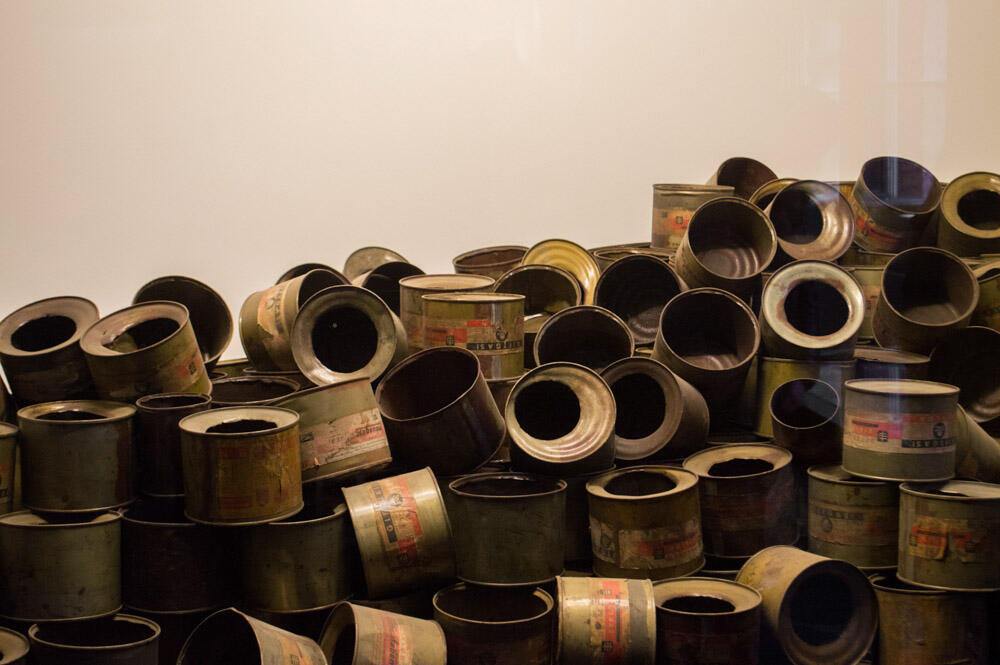
The horrors of Auschwitz moved me deeply, and at moments filled me with despair, but generally my empathy felt rather dull. I tear up at a sad love song or sentimental movie, but at a place of genocide my eyes remained dry. I felt a certain amount of guilt at this. Was I being insensitive? No, I know myself better than that. To me Auschwitz’s history was basely appalling. So much so, that my heart must’ve ducked into a shell and refused to feel a thing. For if it didn’t it would have crumble at the horrors that surrounded me.
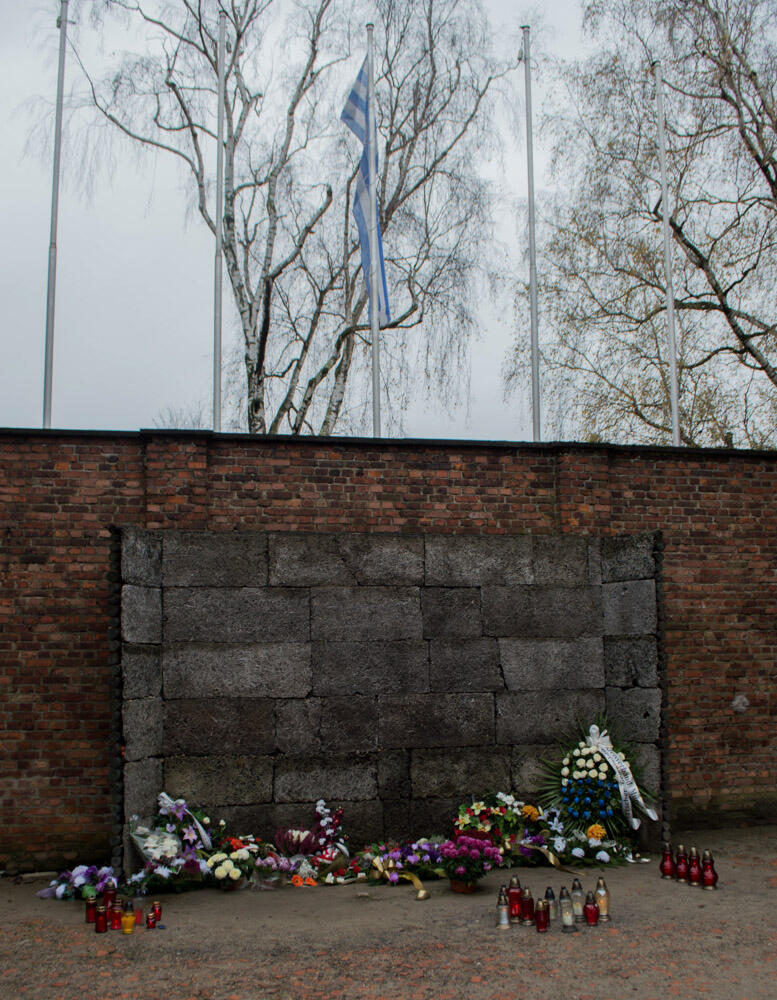
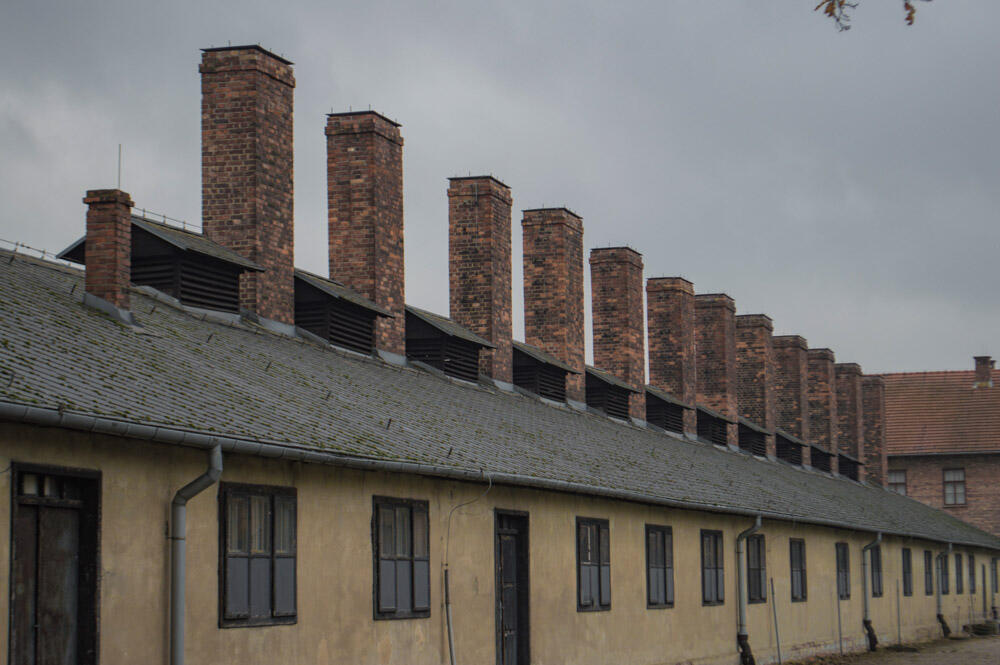
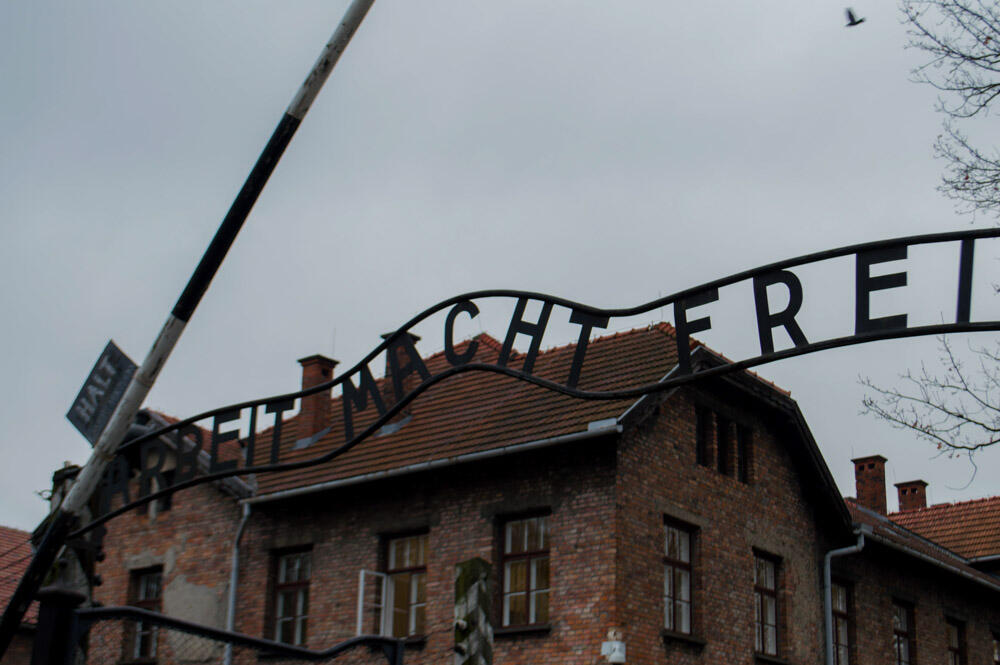
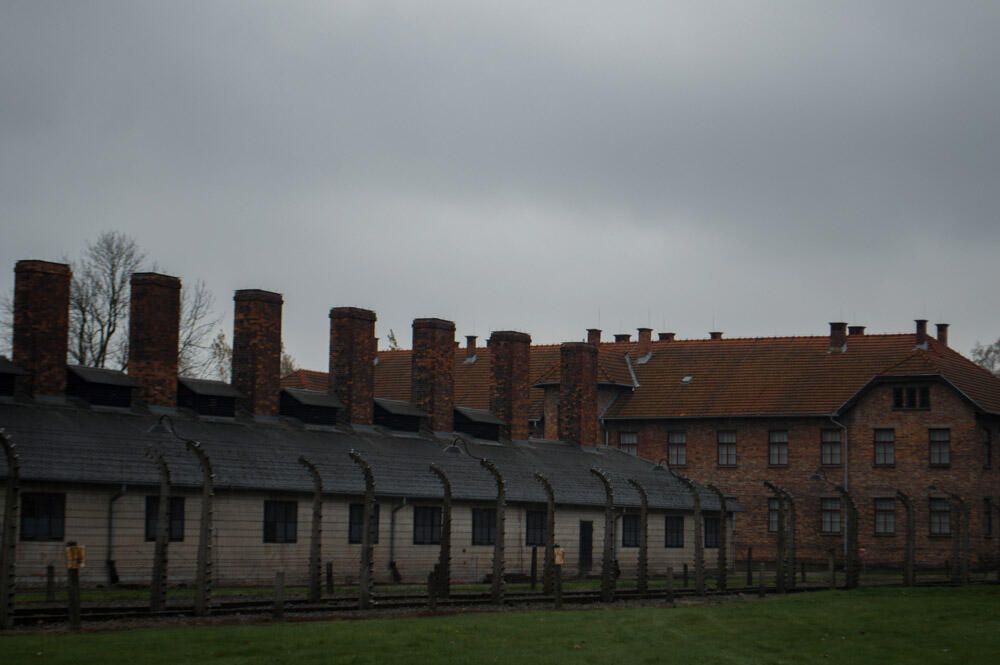
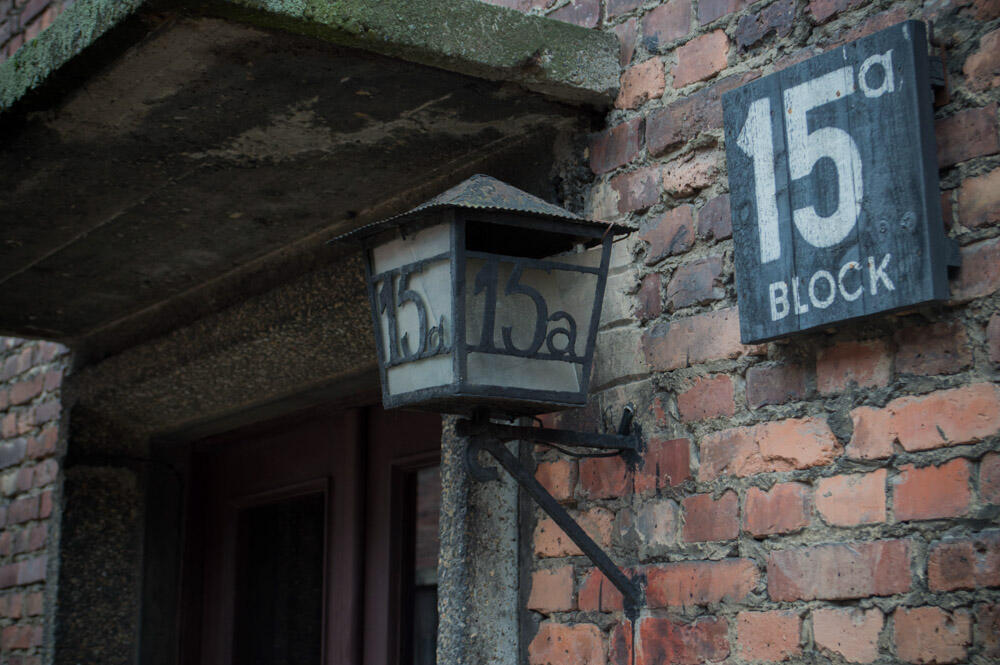
Of the dark things I saw, the worst sat among the material evidence of the Nazis crimes. I recall long ago hearing about the display, but I had forgotten it existed even as I walked into the room. Within the dim chamber, behind glass panels, literal tons of human hair were piled, entangled in knotted mounds. Most of it is likely the last physical remains of the bodies’ to which it had once belonged. As if this wasn’t crime enough, plaques told that as the war drew to a close and the Nazis ran low on supplies they began to use the hair of their deceased captives to make textiles for their war effort. One such coarse roll sat on display. How many people had used the fabric? Did any of them know? What cruelty, of course in the murder, but also making innocent and ignorant people a part of the horror.
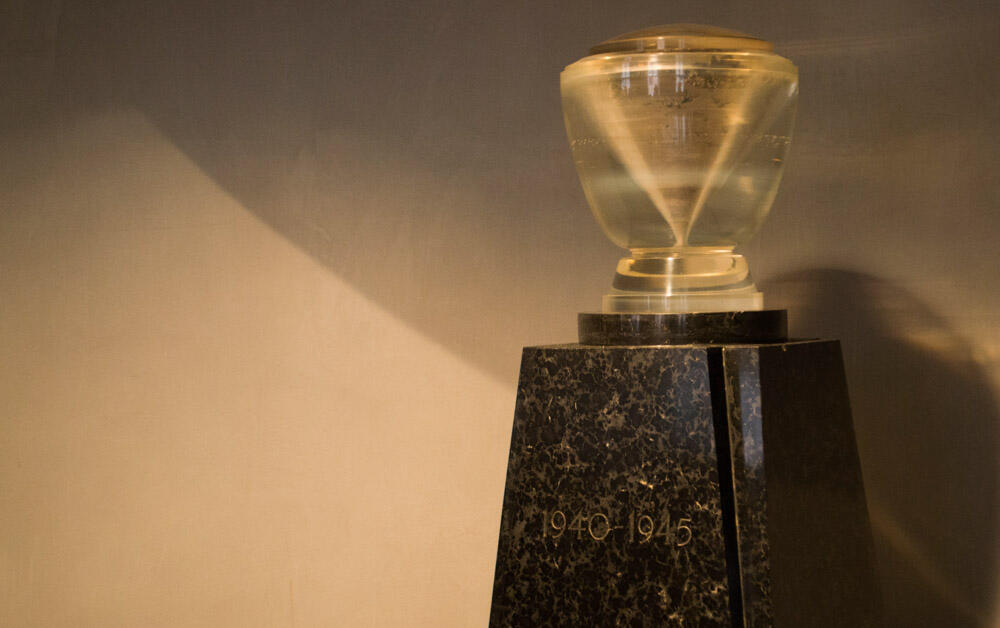
The German citizens had little idea of the full extent of the Nazi’s actions. They were aware that their Jewish neighbors were being taken to work camps and many of them, under the influence of Hitler’s charisma, supported this deportation. However, the genocide and abuse which took place would have horrified the German people then as it does us now. Therefore, the Nazi’s had to maintain the illusion that the Jewish folk and other captives were working in factories and producing goods for German use. In this was their most clever and resourceful lie. The men, women and children who were gassed or worked at Auschwitz had their possessions seized and then sold back to German citizens as the goods which the Jews were producing for them
I am so grateful that I had the opportunity to visit such a significant place. In a world still plagued by the same senseless hate that instigated this tragedy, it is important for all to be made painfully aware of the mistakes Mankind has made. The EU agrees with this sentiment, encouraging schools across Europe to take their students to visit the monument. The atrocities committed at Auschwitz can never be atoned for, but perhaps through education its memory can be preserved and used to guide our futures away from the twisted values that plagued the past.
Signed,
Andrew